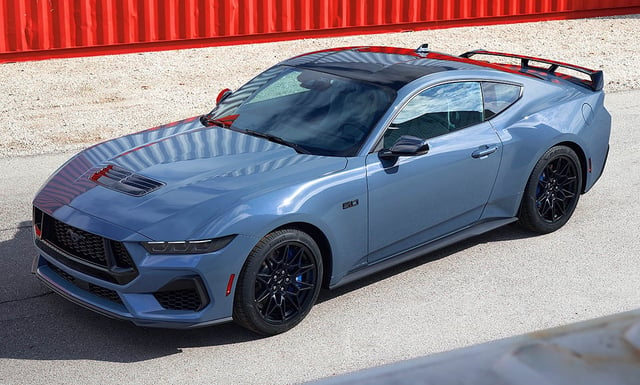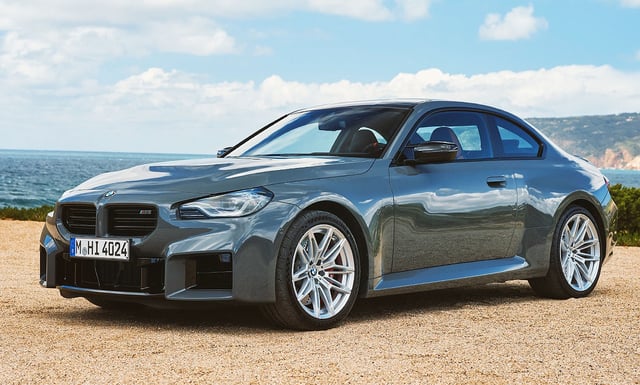Overview
- The share of automatic transmissions in Germany has increased from 45% to 64% over the past five years, driven by comfort and urban traffic conditions.
- Manual transmission vehicles have become scarcer, with supply on used-car platforms declining by 49% during the same period.
- A mobile.de survey reveals 40.2% of drivers still prefer manual gearboxes, citing greater control (36.5%), sportiness (26.7%), and a more engaging driving experience.
- Automakers are introducing manual-only sports cars and exploring electronic manual-shifter systems for electric vehicles to preserve the manual driving experience.
- Generational preferences show a shift, with only 30.1% of drivers aged 18–24 favoring manuals, compared to 43.1% of those over 45.



